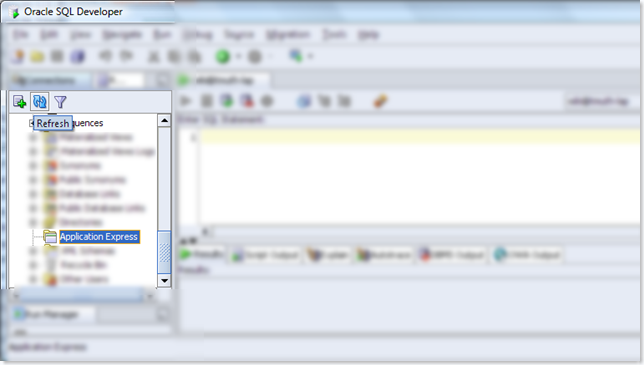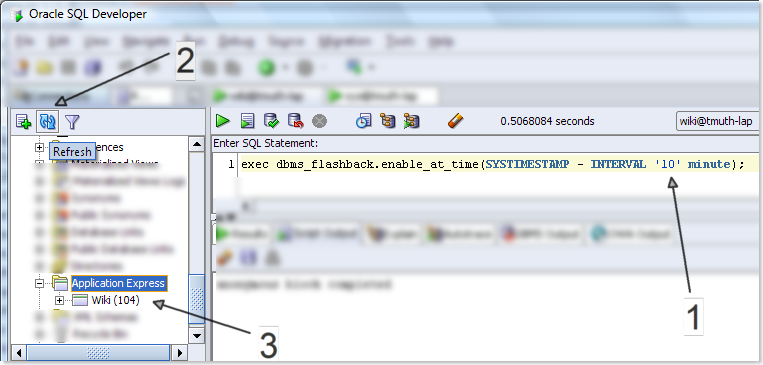Short Version
Tried to install Oracle Database 11.1.0.7 32-bit on Windows 7 32-bit. Failed at Network Configuration section. I found that in my case, the issue was that I installed in a path with spaces in it (c:\program files\oracle\….). Un-installed. Reinstalled in c:\oracle\product\11.1.0.7. Success!!!
Longer Version
OK, I admit it, I’ve been running Windows 7 since the first beta was released and I love it. Yes, my blog title has “Linux” in it, and I love Linux too, but I’ve had a few issues with Linux on a laptop in front of customers and that’s something I can’t afford to do. See, my laptop needs to be really agile. I plug it into a different networks, projectors, multiple monitors, I put a Verizon Air card in it, I plug lots of peripherals into it. Linux has failed me in each of those areas on more than one occasion. On the other hand, the fact that Linux is (in my mind) very consistent, stable, and almost completely unwilling to change is EXACTLY why I LOVE it for servers. Every “system” I currently manage is running Linux (which I chose from the start). It’s my appliance OS. I have scripted, nightly RMAN backups and auto-start scripts so these systems are 99% hands off. The only time they’ve been down is when one of pseudo-data centers has gone completely dark for network and power upgrades. They’re all internal, so I’m a bit more relaxed about OS patches, which means I basically ssh into them once every few months to apply patches. That’s it. OK, that was waaaaaayyyyy too much info to qualify why I’m running Windows on my laptop. On a related note, hey Apple, I’m happy to blog about my experience switching to say, a MacBook Pro….
Anyway, I got a bit off topic. Sorry. So I’m running Windows 7 RC1, build 7100, 32-bit. I downloaded the Windows 2008 Server version of Oracle, v. 11.1.0.7 since Server 2k8 is a similar code base to Windows 7. After I got stuck on the network configuration, I checked the install logs, but there wasn’t anything helpful there. So, I ran netca from the command-line and got error that said something about “error at c:\program blah blah blah”. It was obvious that it truncated the path at the first space. So, once I installed in a path with no spaces, everything went fine.
OHS 10.1.3.3 Had Issues Too
I downloaded Oracle HTTP Server 10.1.3.3 as well since that’s my preferred APEX configuration (no, I haven’t tried the new listener on Windows 7 yet, just Linux). The installation got stuck on the configuration section, so I eventually killed the process. However, it appeared that everything installed correctly so I created a DAD, ran opmnctl startall, and presto, APEX was ready to go. OK, I left out the part about dropping the default 11.1 APEX version and installing APEX 3.2.1, but that’s not really important here.
Hopefully this helps someone out there. I’ll take a look and see if there are bugs filed on these issues and file them if I don’t find anything. Windows 7 isn’t supported by Oracle yet, but it can’t hurt to let them know…








